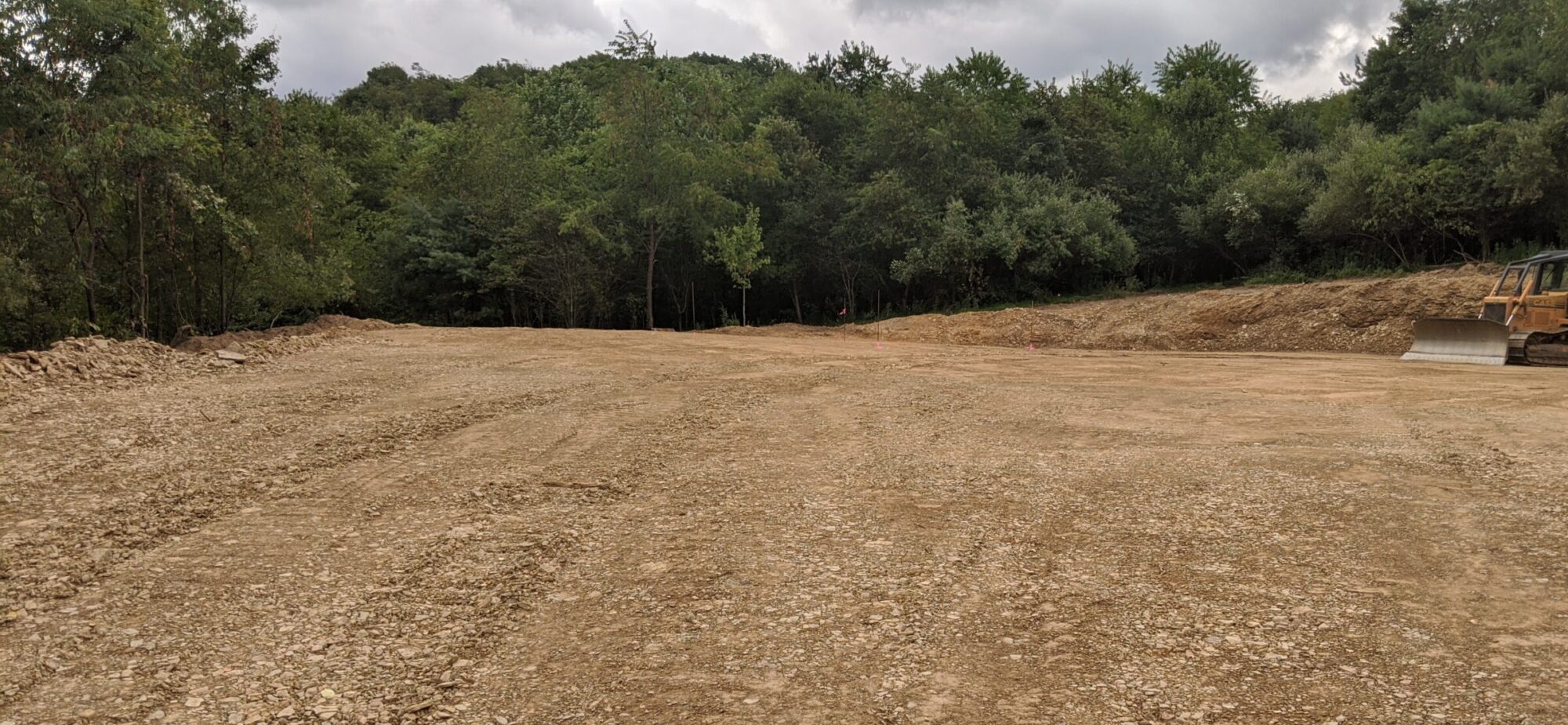It’s typically a bad combination, water and insulation, but in our case we have had great progress with our water tanks and lines as well as interior insulation the past couple weeks.
Water lines have been dug from our tanks to our house. We hope to soon have our cistern installed and we can soon start collecting rainwater.



Below you can see exterior stem wall insulation with cement board on the outside to protect it. You can also see the rainwater lines attached to the outside.

Now let’s take a look at the blown in cellulose interior insulation. Many have asked us questions about why we chose cellulose and the following properties helped make our decision:
- Dense pack cellulose doesn’t settle
- Fire resistant
- Slow release of moisture in the event of water in the walls
- Retains R-value when wet
- 3.5lbs per cubic foot creates excellent sound reduction
- 85% recycled material
- More details here: https://www.greenfiber.com/homeowners/homeowner-benefits
Here is what our insulated walls looks like. The white material is insulation mesh that is stapled to the studs and holds the insulation in prior to drywall being installed.

Here is a short video of the installer filling one of the wall cavities with cellulose:
That’s it for today.
Coming up next:
- Back filling dirt around the house
- Install of cistern next to house
- Exterior insulation
- Roofing and eaves






